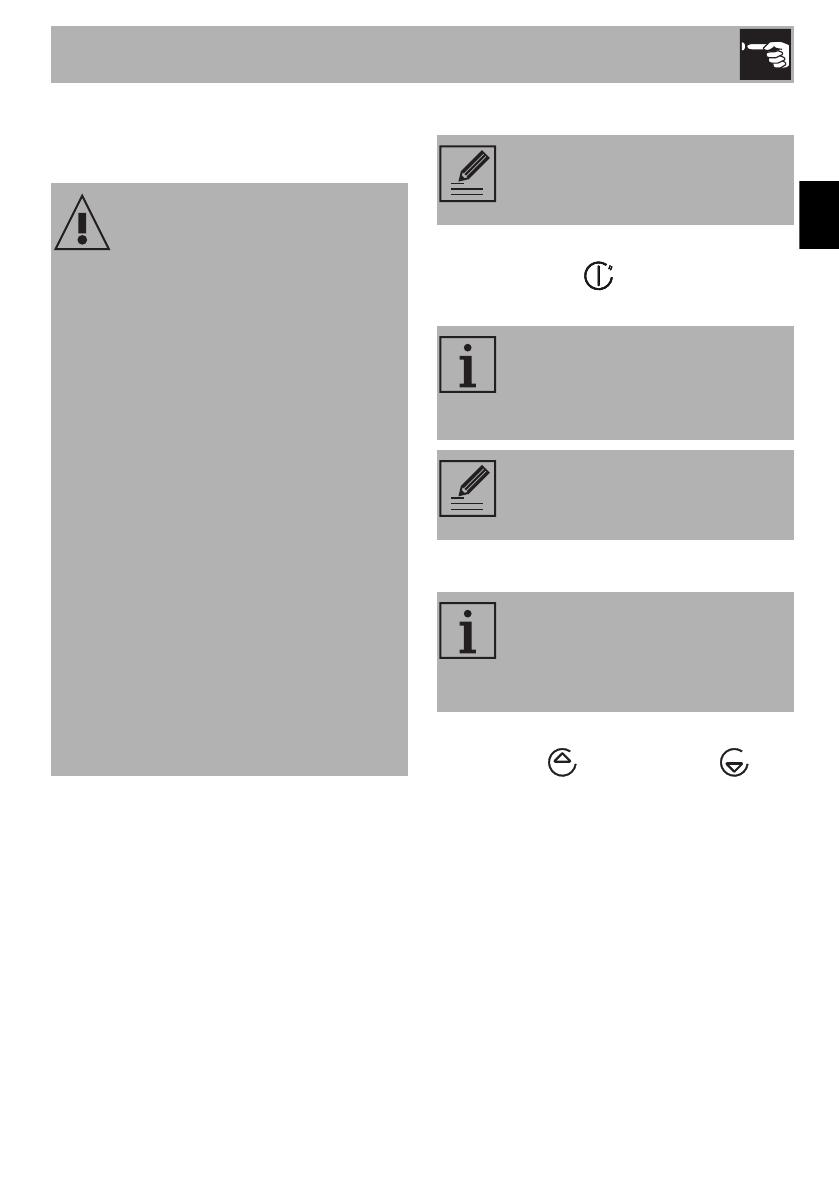
Instructions
28
1 Instructions
1.1 General safety instructions
Risk of personal injury
• According to the current
regulations, children between 3
and 8 years of age can take or
load food from the appliance, but
it is strongly advised against
allowing children under 8 years of
age to perform these operations
and in general to use the
appliance.
• Keep children under the age of
eight at a safe distance unless they
are constantly supervised and
make sure that they do not play
with the appliance.
• Never try to put out a fire or
flames with water: turn off the
appliance and smother the flames
with a fire blanket.
• Cleaning and maintenance that
should be performed by the user
must not be carried out by
unsupervised children.
• Have qualified personnel carry
out installation and assistance
interventions according to the
standards in force.
• Do not modify this appliance.
• Do not insert pointed metal
objects (cutlery or utensils) into the
slots in the appliance.
• Do not try to repair the appliance
yourself or without the intervention
of a qualified technician.
• Do not touch (especially with wet
hands) frozen products or put
them in your mouth directly.
• Do not store inflammable,
explosive or volatile substances.
• Do not keep explosive substances,
such as spray bottles with
flammable propellants in the
appliance.
• Bottles containing strong alcoholic
drinks must be tightly closed and
stored vertically.
• If the power supply cable is
damaged, contact technical
support immediately and they will
replace it, so as to prevent any
risk.
Risk of damaging the appliance
• WARNING: When positioning
the appliance, ensure the supply
cord is not trapped or damaged.
• WARNING: Do not locate
multiple portable socket-outlets or
portable power supplies at the
rear of the appliance.
• Do not use plug adapter.
• Never rest sharp metal objects
such as knives, forks, spoons and
lids on the appliance during use.
• Do not use abrasive or corrosive
detergents (e.g. scouring
products, stain removers and



















